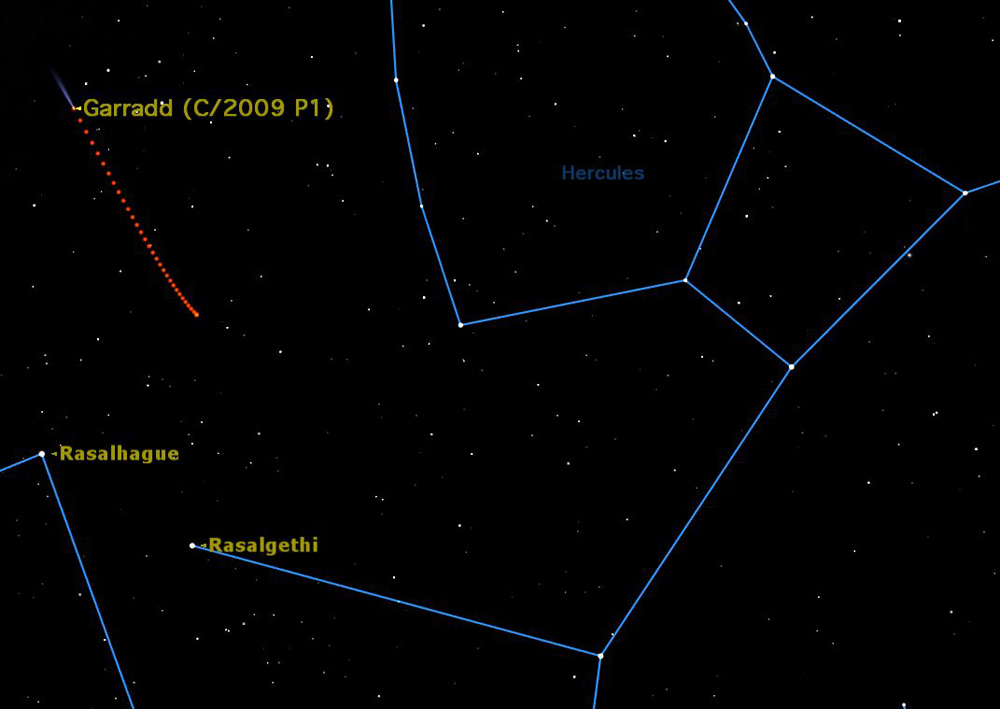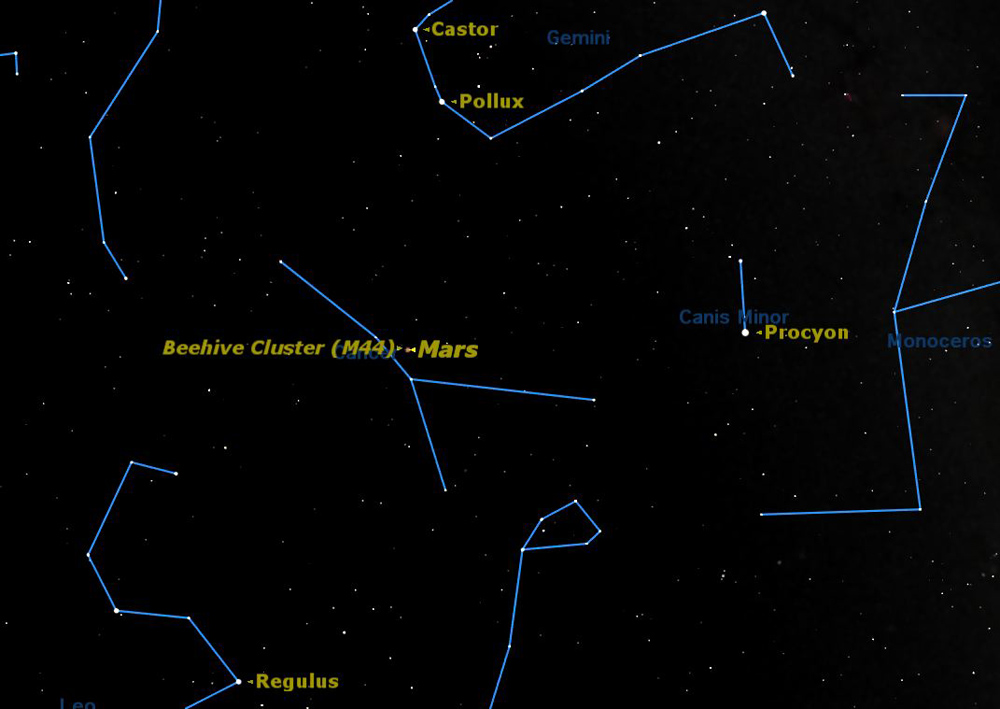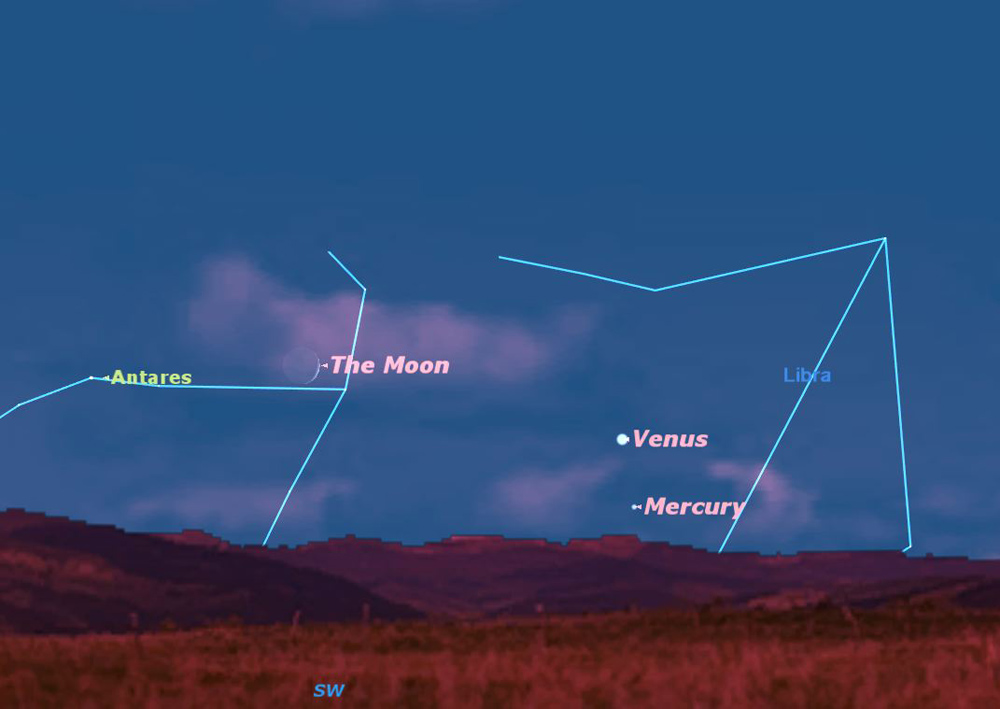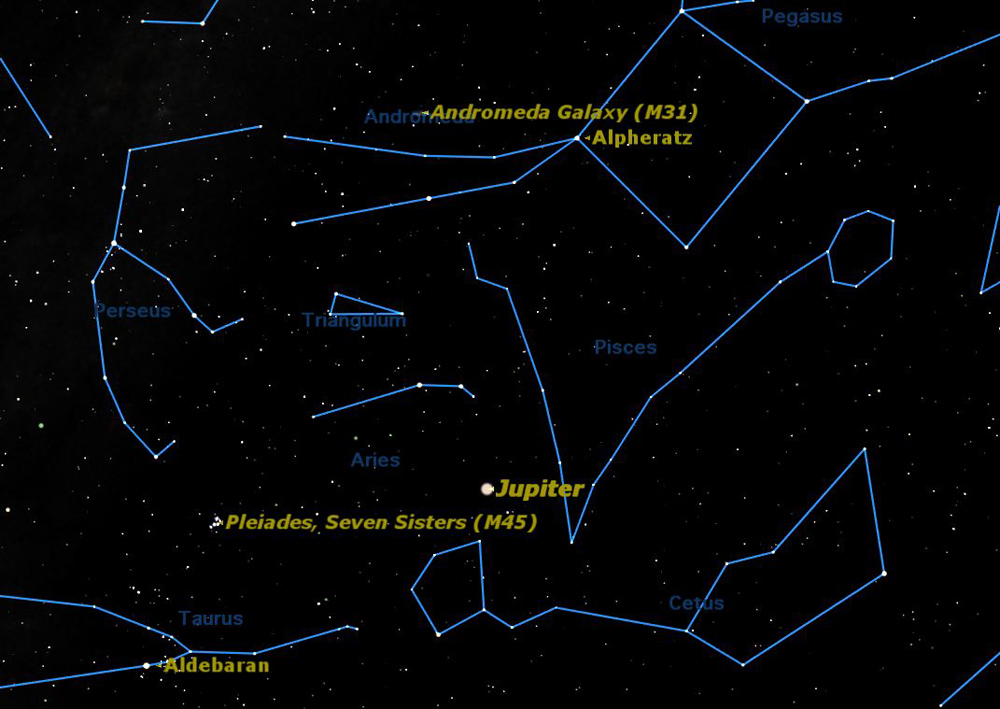Skywatching Events for October 2011

Moon Phases
Mon., October 3, 11:15 p.m. EDT
First Quarter Moon
The First Quarter Moon rises around 3 p.m., and sets around 11 p.m.
Tue., October 11, 10:06 p.m. EDT
Full Moon
This is the Full Moon after Harvest Moon, so is usually called the Hunter’s Moon. Other names are Travel Moon, Dying Grass Moon, and Blood Moon. In Hindi it is known as Kojagiri or Sharad Purnima, or lakshmi puja. Its Sinhala (Buddhist) name is Vap Poya. The Full Moon rises around sunset and sets around sunrise, the only night in the month when the Moon is in the sky all night long. The rest of the month, the Moon spends at least some time in the daytime sky. This is the smallest Full Moon of 2011.
Get the Space.com Newsletter
Breaking space news, the latest updates on rocket launches, skywatching events and more!
Wed., October 19, 11:30 p.m. EDT
Last Quarter Moon
The Last or Third Quarter Moon rises around 11 p.m. and sets around 2 p.m. It is most easily seen just after sunrise in the southern sky.
Wed., October 26, 3:56 p.m. EDT
New Moon
The Moon is not visible on the date of New Moon because it is too close to the Sun, but can be seen low in the east as a narrow crescent a morning or two before, just before sunrise. It is visible low in the west an evening or two after New Moon.
Observing Highlights
All Month, evening
Comet Garradd (C/2009 P1)
Comet Garradd continues to be a nice object in binoculars or a small telescope, an 8th magnitude comet slowly crossing Hercules. Unfortunately, Comet Elenin, which was hoped to put on a good show this month, does not seem to have survived its close encounter with the Sun.
Sat., October 1, morning
Mars in the Beehive

The planet Mars is imbedded amongst the stars of the Beehive Cluster in Cancer.
Sat., October 8
Draconid Meteor Shower
The annual Draconid meteor shower peaks each October and is typically a lackluster affair. This year, the meteor shower is expected to be quite strong, but the timing (during daylight hours for North America skywatchers) and its peak near the almost-full moon suggest it may not offer much of a light show.
Mon., October 24–Mon., October 31, morning
Zodiacal Light
The Zodiacal Light, the faint glow of sunlight reflecting off the cloud of interplanetary dust, is visible before morning twilight.
Fri., October 28, sunset
Mercury and Venus close to the Moon

Mercury, Venus, and the slender crescent Moon set just after the Sun.
Fri., October 28, 10 pm EDT
Jupiter in opposition

Jupiter reaches opposition in the constellation Aries, and is visible all night long.
Planets
Mercury is too close to the Sun for most of the month for observers in the northern hemisphere.
Venus is low in the evening sky just after sunset all month.
Mars begins the month right in the middle of the Beehive Cluster in Cancer. By the end of the month it has moved into Leo and has grown to 5.9 arc seconds in diameter and magnitude 1.1.
Jupiter is opposition in Aries in October 28, and is the brightest object in the night sky other than the Moon.
Saturn is in conjunction with the Sun on October 13, and is not visible this month.
Uranus is visible most of the night in Pisces.
Neptune is well placed in Aquarius all month.
Join our Space Forums to keep talking space on the latest missions, night sky and more! And if you have a news tip, correction or comment, let us know at: community@space.com.

Geoff Gaherty was Space.com's Night Sky columnist and in partnership with Starry Night software and a dedicated amateur astronomer who sought to share the wonders of the night sky with the world. Based in Canada, Geoff studied mathematics and physics at McGill University and earned a Ph.D. in anthropology from the University of Toronto, all while pursuing a passion for the night sky and serving as an astronomy communicator. He credited a partial solar eclipse observed in 1946 (at age 5) and his 1957 sighting of the Comet Arend-Roland as a teenager for sparking his interest in amateur astronomy. In 2008, Geoff won the Chant Medal from the Royal Astronomical Society of Canada, an award given to a Canadian amateur astronomer in recognition of their lifetime achievements. Sadly, Geoff passed away July 7, 2016 due to complications from a kidney transplant, but his legacy continues at Starry Night.

